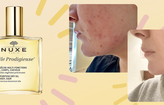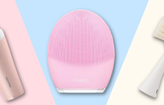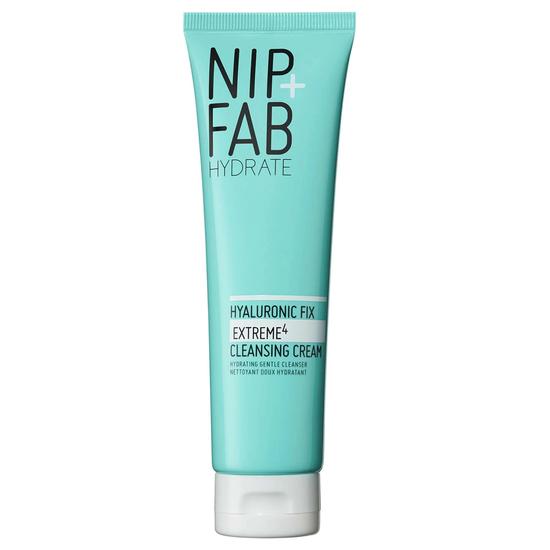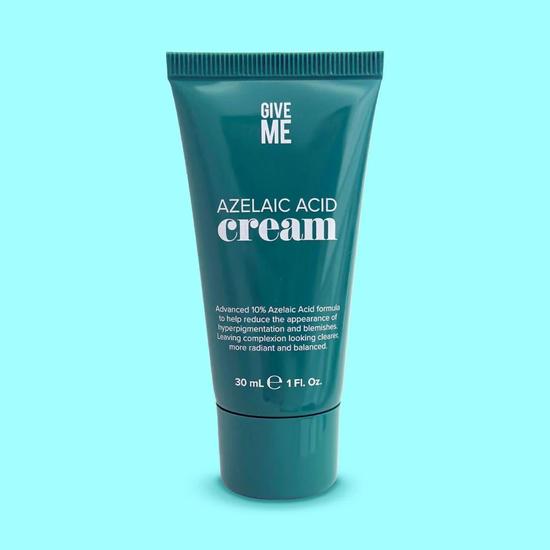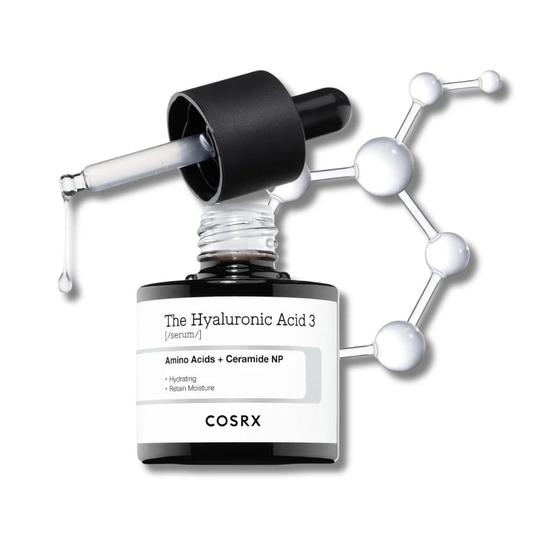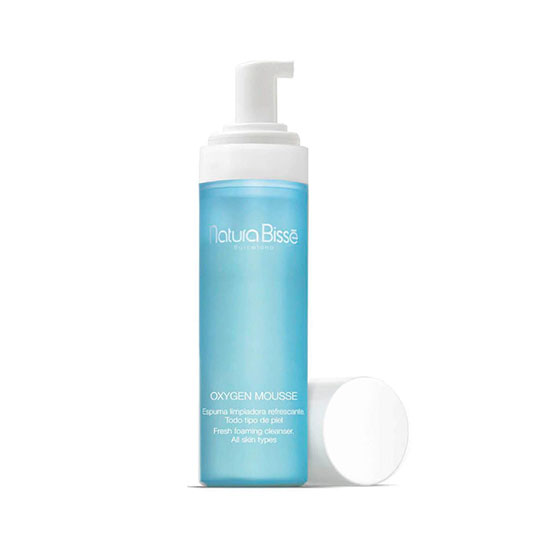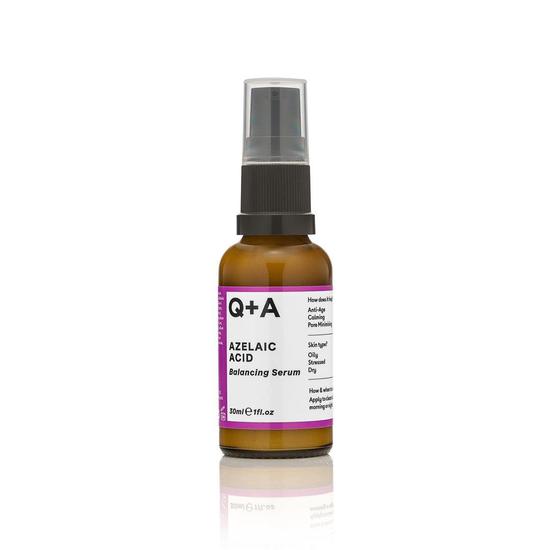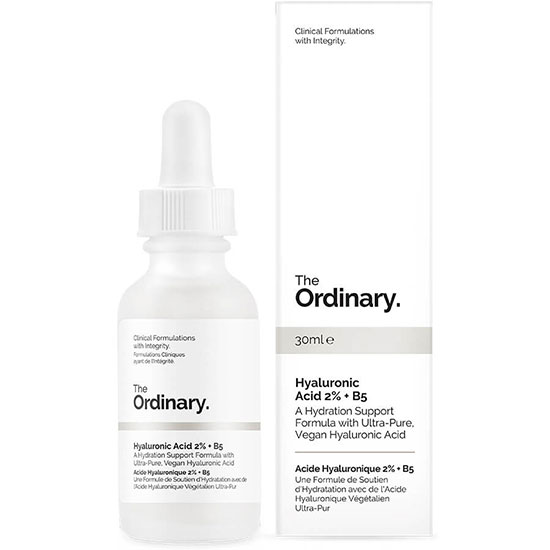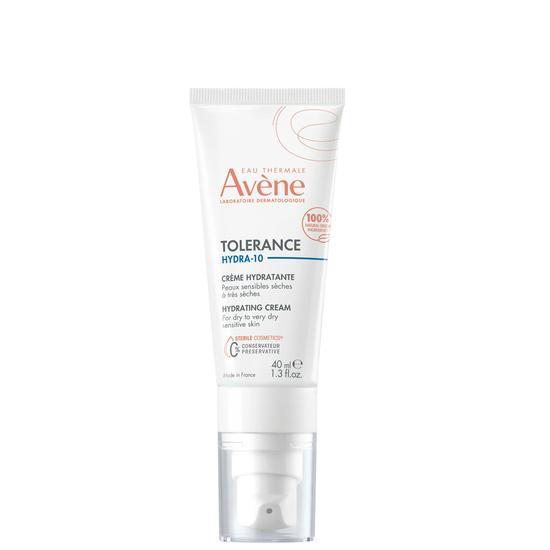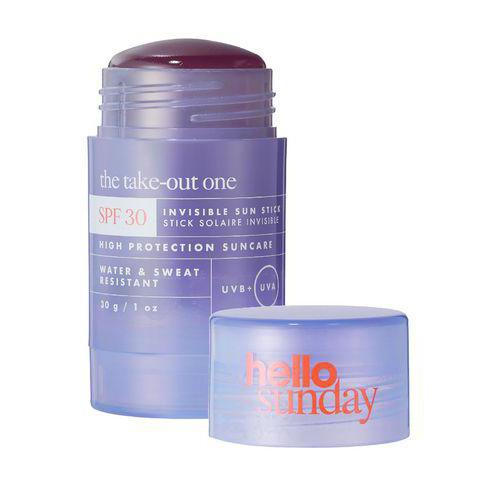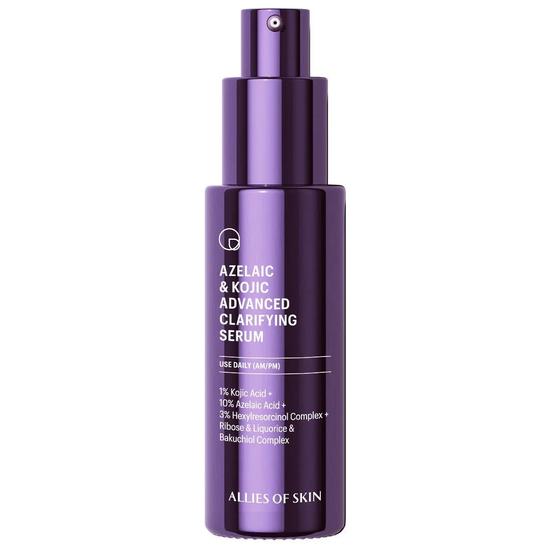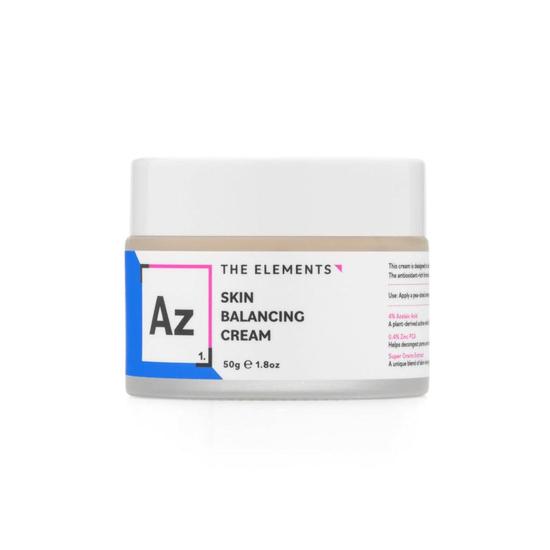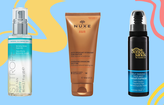
- Skin
- Hyaluronic Acid & Azelaic Acid
Can You Use Hyaluronic Acid With Azelaic Acid?
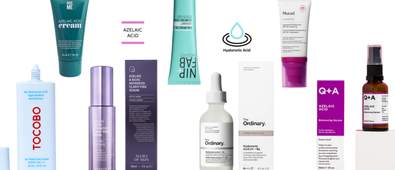
Azelaic acid is a great choice for those who are dark spot- or breakout-prone. Those with more sensitive skin, or who use azelaic acid regularly or at strong concentrations, must watch out, however—it can sometimes prove quite sensitising or drying.
To get all the great benefits it offers without any of the side effects, consider layering. When layered with calming and hydrating ingredients, you can have the best of both worlds. So, what better way to get top-tier hydration than from trusty humectant hyaluronic acid?
Can You Use Hyaluronic Acid With Azelaic Acid?
Yes—hyaluronic acid and azelaic acid are a perfect pair.
These two ingredients complement each other beautifully and can be layered in the same routine without any risk of conflict. Azelaic acid is a gentle yet powerful treatment for acne, redness, and pigmentation, while hyaluronic acid provides essential hydration that helps keep the skin barrier strong and supported.
Used together, they help balance skin that’s prone to dryness, sensitivity, or breakouts—making this duo especially effective for those navigating acne-prone or reactive skin types.
Whether you’re dealing with rosacea, hyperpigmentation, or just general dullness, pairing azelaic acid with hyaluronic acid is a safe and effective way to achieve calm, hydrated, clearer skin.
👉 Already know the benefits of each ingredient?
Jump To Routine
What does azelaic acid do for the skin?
Azelaic acid is a multitasking dicarboxylic acid derived from grains, though it’s synthetically produced for stability in skincare products. It’s celebrated for its ability to reduce inflammation, fade post-acne marks, and prevent clogged pores—all without causing the dryness or peeling common with stronger acids or retinoids.
It also has mild antibacterial and antioxidant properties, making it ideal for long-term use, even on sensitive skin.
Key benefits of azelaic acid:
- Calms inflammation: Reduces redness, irritation, and rosacea symptoms
- Fights acne: Clears pores and inhibits the growth of C. acnes bacteria
- Fades pigmentation: Lightens dark spots and post-inflammatory hyperpigmentation
- Gently exfoliates: Promotes healthy skin turnover with minimal irritation
- Brightens the skin: Improves tone and clarity over time
Best for:
- Acne-prone skin
- Redness or rosacea
- Post-acne pigmentation and uneven tone
- Sensitive or reactive complexions
Azelaic acid is available in 10–20% concentrations and is typically used once or twice daily, depending on skin tolerance and product strength.
What does hyaluronic acid do for the skin?
Hyaluronic acid (HA) is a naturally occurring sugar molecule found in the skin that helps retain water. In skincare, it’s used as a humectant—meaning it draws water into the skin from the environment and deeper skin layers, helping to plump, hydrate, and smooth.
Because it’s so lightweight and compatible with other ingredients, hyaluronic acid is widely used as a first step after cleansing in both morning and evening routines.
Key benefits of hyaluronic acid:
- Deep hydration: Helps bind water to the skin for plumper texture
- Reduces trans-epidermal water loss (TEWL): Locks in moisture over time
- Soothes and calms: Ideal after exfoliating or when skin feels tight
- Improves product absorption: Helps prep the skin for other actives
- Works for all skin types: Including oily, dry, and sensitive skin
Best for:
- Dehydrated or tight-feeling skin
- Barrier repair or prevention
- Those using drying actives like retinol, acids, or acne treatments
- Morning and evening use for sustained hydration
Hyaluronic acid is typically used in serums or lightweight hydrating gels and can be layered under almost anything.
Can you use hyaluronic acid and azelaic acid together?
Yes—this combination is not only safe, it’s also highly effective.
These ingredients target different aspects of skin health: azelaic acid treats inflammation, blemishes, and pigmentation, while hyaluronic acid supports hydration and barrier resilience. When used together, they help reduce the likelihood of dryness or sensitivity that may occur with regular use of azelaic acid—especially at higher concentrations.
Why they work well together:
- Hydration + treatment: One soothes and moisturises while the other treats blemishes and marks
- Low irritation potential: Both are gentle and well-tolerated
- Barrier-safe pairing: Won’t weaken the skin, even with daily use
- Improved comfort: HA can reduce stinging or dryness that may occur with azelaic acid
- No pH conflict: Both function well within the same skin environment
This pairing is ideal for anyone building a long-term, sustainable routine—especially for acne, redness, or uneven skin tone.
Comparing hyaluronic acid and azelaic acid side-by-side
| Benefit | Hyaluronic Acid | Azelaic Acid |
|---|---|---|
| Primary Function | Draws and retains moisture to deeply hydrate skin | Reduces redness, clears blemishes, and evens skin tone |
| Hydration | ✅ Intense, long-lasting hydration | ⚠️ Neutral – not hydrating but non-drying |
| Reduces Acne & Blemishes | ❌ No direct acne benefits | ✅ Antibacterial and anti-inflammatory action |
| Calms Redness | ✅ Soothes irritation via hydration | ✅ Very effective at reducing redness and rosacea |
| Fades Hyperpigmentation | ❌ No pigment-targeting effects | ✅ Brightens and reduces dark spots |
| Improves Skin Texture | ✅ Plumps and smooths fine lines | ✅ Gently exfoliates and refines |
| Strengthens Skin Barrier | ✅ Reinforces barrier and prevents moisture loss | ✅ Supports overall skin health and resilience |
| Irritation Potential | ✅ None – extremely gentle | ⚠️ Mild tingling possible initially |
| Suitable for Sensitive Skin | ✅ Excellent for all skin types | ✅ Suitable for sensitive and acne-prone skin |
| Best Time to Use | AM and PM – layer under moisturiser | AM or PM – pairs well with hydrating serums |
How to combine hyaluronic acid and azelaic acid
✅ Option 1: Apply hyaluronic acid first, then azelaic acid
This is the most common and effective layering method.
Routine:
- Cleanse your face
- Apply hyaluronic acid serumto damp skin
- Wait 30–60 seconds to allow absorption
- Apply azelaic acid
- Finish with a moisturiser and SPF (AM)
This method helps cushion the skin before applying the active ingredient and reduces dryness or tightness.
✅ Option 2: Mix hyaluronic acid into a moisturiser
If you're using a thicker cream or a prescription-strength azelaic acid, adding a few drops of HA serum into your moisturiser can simplify your routine.
- Mix HA into your moisturiser (or use a HA moisturiser) and apply after azelaic acid
- Or layer the moisturiser over both for barrier support
This is a great option for sensitive skin or those prone to layering fatigue.
✅ Option 3: Use hyaluronic acid in the morning, azelaic acid at night
If you prefer to simplify each routine:
- AM: Hyaluronic acid → Moisturiser → SPF
- PM: Azelaic acid → Moisturiser
This gives your skin all-day hydration and nighttime treatment, with minimal effort.
A.M.
P.M.
Tips for success
- Apply HA to damp skin: This helps maximise hydration benefits
- Use azelaic acid on dry skin: Wait a minute or two after cleansing before applying
- Always moisturise: Layer a ceramide-rich cream on top to seal everything in
- SPF is a must: Azelaic acid doesn’t make skin sun-sensitive, but SPF helps maintain results
- Introduce slowly if needed: Start with azelaic acid a few nights per week, especially if using a 20% prescription formula
- Don’t overcomplicate: HA + azelaic + moisturiser is often all you need
FAQs
Can I layer hyaluronic acid and azelaic acid?
Yes—apply hyaluronic acid first, followed by azelaic acid. This helps reduce dryness and supports absorption.
Should I use them in the morning or evening?
Both can be used in either routine. Just be sure to wear SPF during the day, especially when using azelaic acid to fade pigmentation.
Will hyaluronic acid interfere with azelaic acid?
Not at all. They’re highly compatible and don’t alter each other’s effectiveness.
Can I use this combo with retinol or AHAs?
Yes, but introduce actives slowly and avoid layering too many exfoliants at once. HA + azelaic is gentle enough to be a daily baseline.
For best results, make sure to read up on How to Use Hyaluronic Acid in Your Routine for the Best Results, too. Timing, approach and product matter.

Written by Maria Mukaranda
Maria’s background is rooted primarily in creative media and a love for all things written, expressed through experience both online and in print; for creative platforms spanning from music to fashion to beauty.
Top Posts

